
Hello! As a professional digital kiosk manufacturer, we're excited to present our digital kiosk video. Watch to discover three key features: an intuitive user interface, robust security, and seamless payment processing. Don't miss out on seeing how our kiosks can enhance your business!
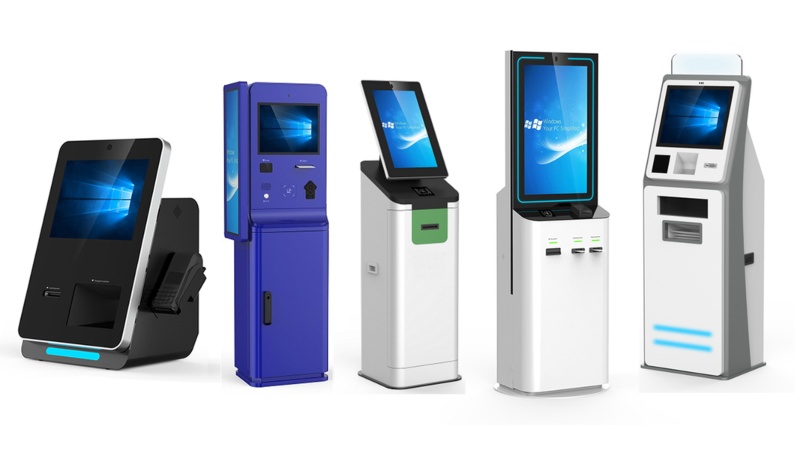
After watching our digital kiosk video above, you'll see our digital kiosks stand out with an intuitive user interface, robust security features, and seamless payment processing. These advantages ensure a superior user experience and reliable performance. Don't wait—enhance your business with our top-tier digital kiosk today!
History BackgroundDigital kiosks have evolved significantly since their inception in the late 20th century. Originally used in retail and banking for simple tasks like dispensing information and processing transactions, they have now become an integral part of various industries. With advancements in touchscreen technology, internet connectivity, and secure payment systems, digital kiosks have expanded their functionality and applications. Today, they are widely used in retail, hospitality, healthcare, transportation, and public spaces, providing a convenient and efficient way for users to access information and services. | Understanding Digital KioskA digital kiosk is a standalone, interactive device equipped with a touchscreen interface and various input/output peripherals. It is designed to provide users with self-service access to a wide range of services and information. The key components of a digital kiosk include a durable enclosure, a high-resolution touchscreen, a powerful processor, secure payment systems, and connectivity options such as Wi-Fi or Ethernet. The software running on these kiosks typically includes an operating system, user interface applications, content management systems, and security protocols to ensure smooth and secure operation. |
Hardware Components for a digital kiosk
1. Durable Display: Designed for visibility in bright sunlight and capable of withstanding harsh weather conditions.
2. Multimedia Player: Plays video, image, and audio content.
3. Network Connection Module: Supports Wi-Fi or wired connections for real-time content updates.
4. Robust Construction: Built with weather-resistant materials to ensure durability and longevity.
5.Touchscreen Display: Capacitive or resistive touchscreens.
6.Enclosure: Durable, secure casing.
7.Processor and Memory: Depending on the application and complexity.
8.Peripherals: Such as printers, card readers, cameras, etc.
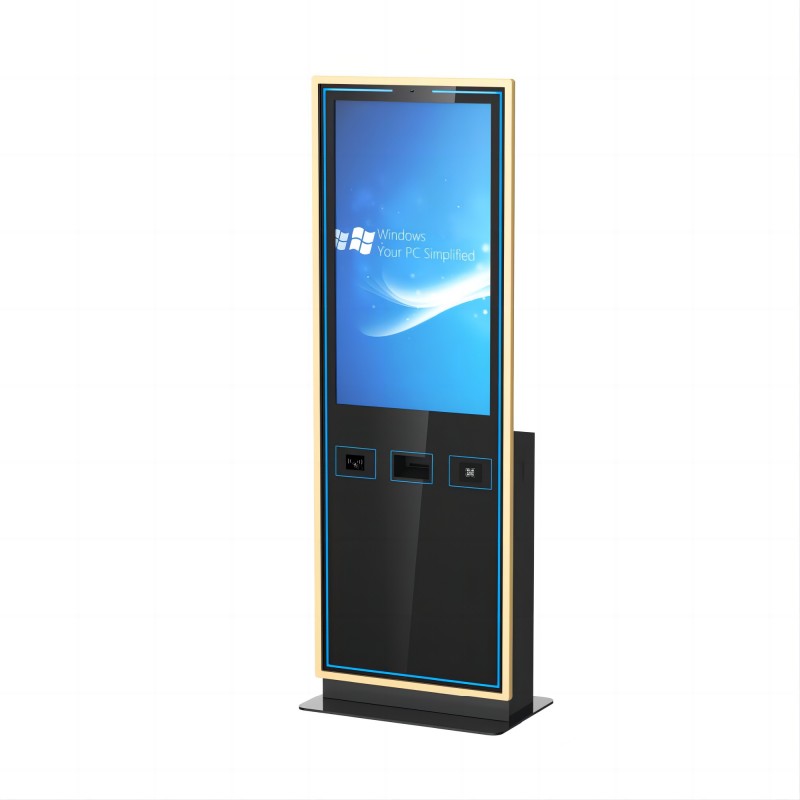
1. Operating System: Runs on secure and stable platforms like Windows or Android.
2. Content Management Software: Manages and updates display content, supports multimedia playback and scheduling.
3. Backend Management System: Provides remote monitoring, reporting, and maintenance capabilities.
4. Kiosk Software: Manages user interface, security, and content delivery.
5. Remote Management: Allows monitoring and updates.
Integration: With backend systems for data processing.

1. Public Services: Display service information, provide bill payment options, and make public announcements.
2. Transportation: Present schedules, navigation information, and announcements in bus stations, train stations, and airports.
3. Healthcare: Offer department directions, health information, and waiting notifications in outdoor areas of hospitals and clinics.
4. Hospitality: Introduce hotel amenities, promote events, and collect customer feedback in outdoor settings.
5. Retail: Showcase advertisements, product information, and promotional activities in shopping districts and store exteriors.
6. Entertainment: Provide event introductions and ticket information for outdoor cinemas, museums, amusement parks, and other venues.
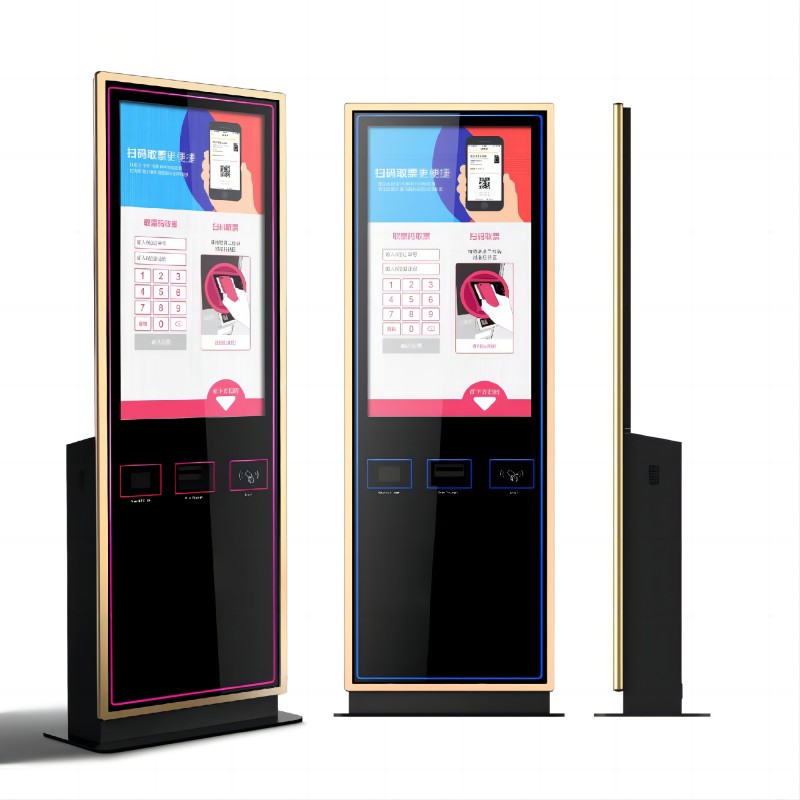
1. Approach the Kiosk: Walk up to the digital kiosk location.
2. Interface Interaction: Touchscreen Use: Most kiosks have touchscreen interfaces. Follow on-screen prompts to navigate.
Input Methods: Some kiosks may also have physical keyboards, card readers, or barcode scanners.
3. Select Your Service: Choose from available options displayed on the screen, such as checking in, ordering, making a reservation, or accessing information.
4. Follow Prompts: The kiosk will guide you through the process step-by-step. This may involve entering information (like your name or order details), selecting options from a menu, or scanning a barcode or ID.
5. Complete Transaction: Depending on the purpose, you might complete a transaction (like printing a ticket or making a payment), confirming your details, or simply receiving information.
6. Take Necessary Actions: If required, take any printed receipts or tickets provided by the kiosk.
7. End Session: Once finished, ensure you’ve completed all necessary actions and exit the session following any provided instructions.
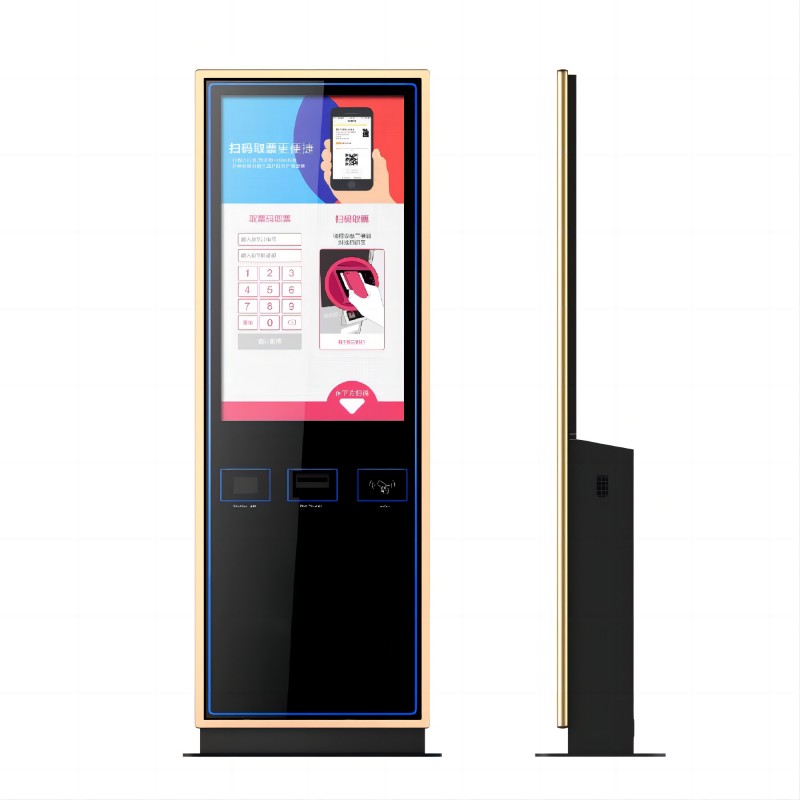
Efficiency: Automates tasks like check-ins, reducing queues.
Accessibility: Provides information and services 24/7.
Customer Satisfaction: Improves service speed and convenience.
Data Collection: Gathers analytics for better decision-making.

Hardware: Initial purchase and maintenance.
Software: Licensing and updates.
Installation: Setup and integration.
Efficiency Gains: Reduced staff costs.
Revenue Generation: Increased sales or services.
Customer Retention: Improved satisfaction and loyalty.
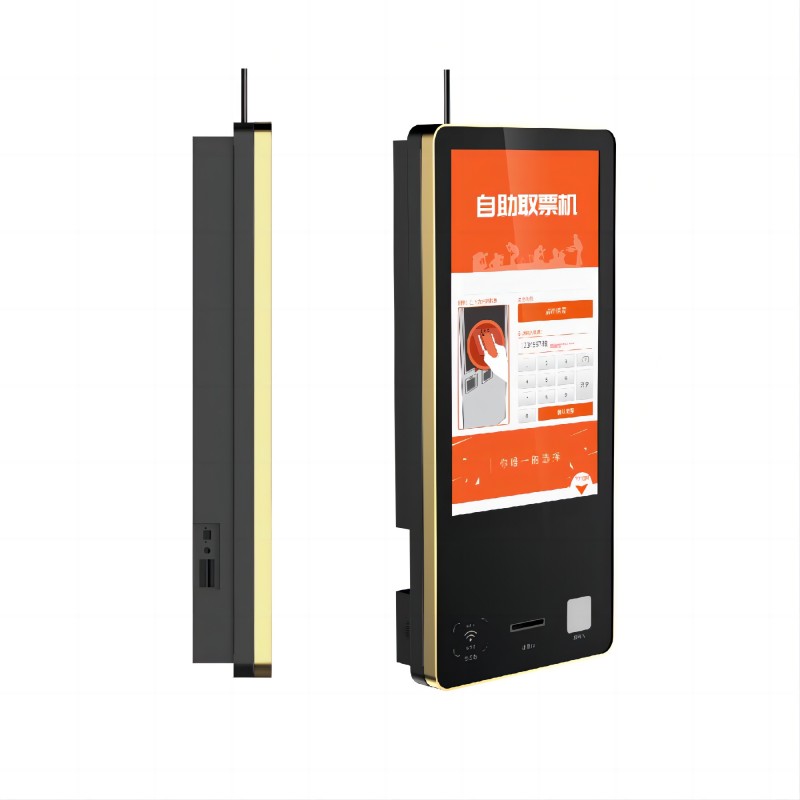
Purpose and Use Case: Define the primary purpose and environment of the kiosk.
User Interface: Ensure the interface is intuitive and accessible.
Hardware Specifications: Choose appropriate display, processor, memory, and peripherals.
Software and Integration: Select a compatible operating system and ensure integration with existing systems.
Security: Ensure data, physical, and network security.
Customization and Flexibility: Look for branding and design customization options.
Support and Maintenance: Verify availability of technical support, warranty, and ease of maintenance.
Cost and Budget: Consider initial and ongoing costs and potential ROI.
Compliance and Regulations: Ensure adherence to industry standards and regulations.
Vendor Reputation: Research the vendor's reliability and customer reviews.
Scalability: Ensure the ability to scale up deployment and upgrade in the future.
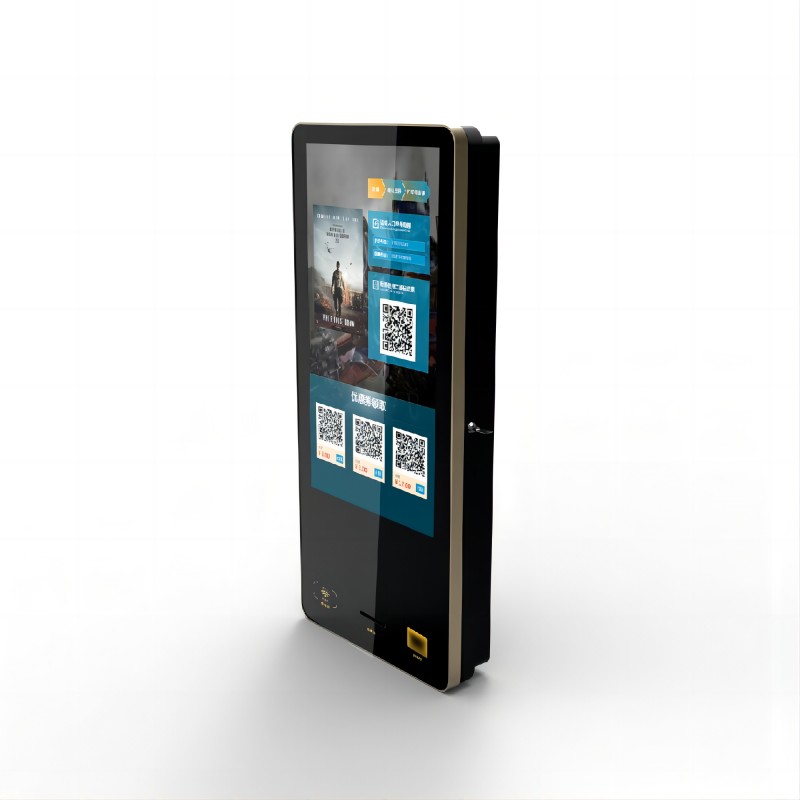
Information Kiosk: Provide users with information such as maps, directories, and FAQs.
Self-Service Kiosk: Enable users to perform transactions like ticket purchasing, check-ins, and bill payments.
Wayfinding Kiosk: Assist users in navigating through large areas like malls, airports, and campuses.
Retail Kiosk: Facilitate product browsing, ordering, and payment in retail environments.
Interactive Kiosk: Offer engaging experiences with touchscreens for games, surveys, and interactive displays.
Check-In Kiosk: Streamline check-in processes in places like airports, hotels, and medical facilities.
Payment Kiosk: Provide secure and convenient ways to make payments for various services.
Internet Kiosk: Offer public internet access, often found in places like libraries and airports.
Advertising Kiosk: Display dynamic advertisements and promotions, often with touch interaction.
Healthcare Kiosk: Facilitate patient check-ins, information access, and sometimes basic health assessments.
Photo Kiosk: Allow users to print photos, often found in retail stores and pharmacies.
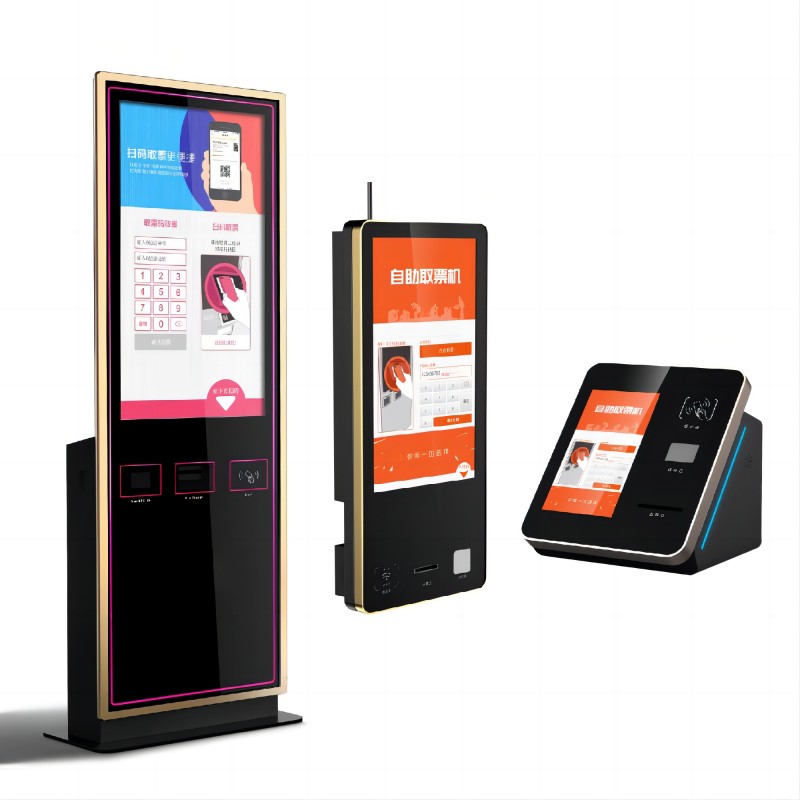
The purpose of a digital kiosk is to enhance customer experience by providing an interactive, self-service platform for performing a wide range of tasks. These include accessing information, making transactions, navigating locations, and obtaining services efficiently and conveniently. Digital kiosks are used in various settings such as retail, healthcare, transportation, and hospitality to streamline processes like check-ins, ticket purchasing, product browsing, and bill payments. They improve operational efficiency, reduce wait times, and offer 24/7 service availability, ultimately increasing customer satisfaction and engagement.
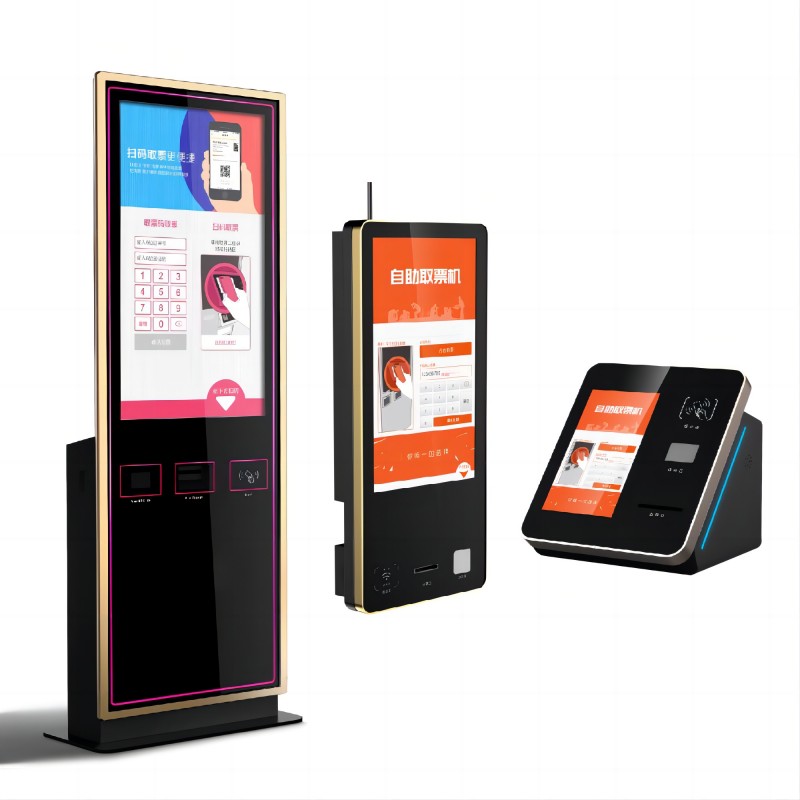
Step 1: Identify Your NeedsDefine Purpose: Clarify what you need the kiosk for (e.g., information, transactions, check-ins). Required Features: List essential features such as touchscreen, card reader, printer, etc. Step 2: Research ManufacturersReputation: Look for manufacturers with strong reputations and positive reviews. Experience: Check their experience in your specific industry or similar projects. Step 3: Evaluate Product QualitySamples and Showrooms: Request product samples or visit showrooms to assess quality. Build Quality: Examine the durability and user interface of the kiosks. Step 4: Check Customization OptionsBranding: Ensure the manufacturer offers customization for branding and specific needs. Hardware and Software: Discuss potential modifications and customizations. Step 5: Consider Integration CapabilitiesSystem Compatibility: Verify that the kiosks can integrate with your existing systems (e.g., POS, CRM). Software Applications: Ensure compatibility with necessary software. Step 6: Assess Technical Support and ServiceSupport Availability: Check the availability of technical support and service agreements. Warranty: Inquire about warranty terms and after-sales service. | Step 7: Compare CostsDetailed Quotes: Obtain detailed quotes from multiple manufacturers. Total Cost: Compare initial cost, maintenance fees, and total cost of ownership. Step 8: Visit Trade Shows and Industry EventsMeet Manufacturers: Attend trade shows to meet manufacturers and see products firsthand. Network: Network with industry professionals for recommendations. Step 9: Read Case Studies and TestimonialsReview Case Studies: Look at case studies and testimonials from other businesses in your industry. Contact References: Reach out to references provided by the manufacturer. Step 10: Request a ProposalDetailed Proposal: Ask for a detailed proposal including specifications, customization options, costs, and timelines. Step 11: Pilot TestingSmall Scale Test: If possible, conduct a pilot test with a small number of units to evaluate performance and user feedback. Step 12: Finalize the PurchaseNegotiate Terms: Negotiate terms and conditions, including delivery schedules and payment terms. Purchase Agreement: Finalize and sign the purchase agreement. |
Following these steps will help ensure that you choose a reliable digital kiosk manufacturer and make a well-informed purchase.
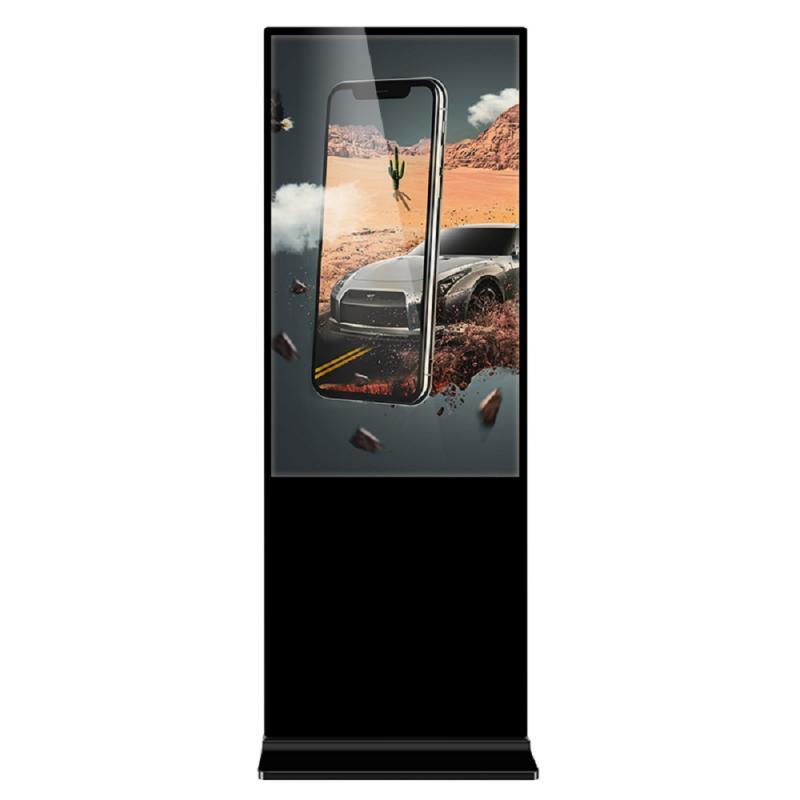
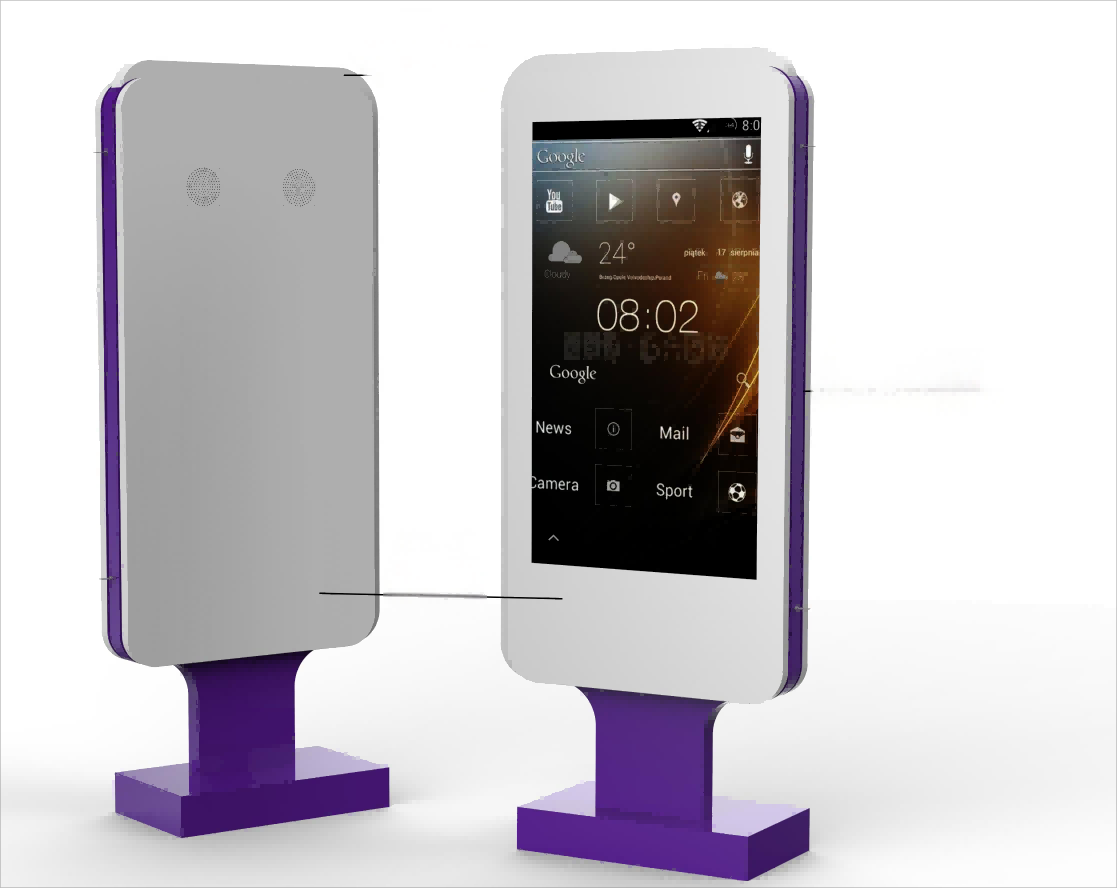
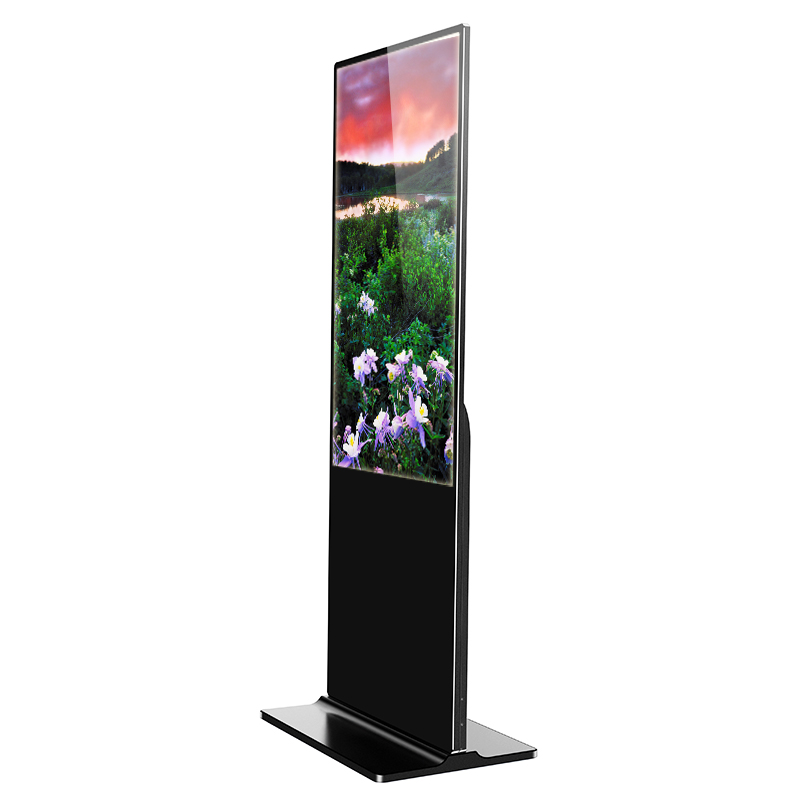
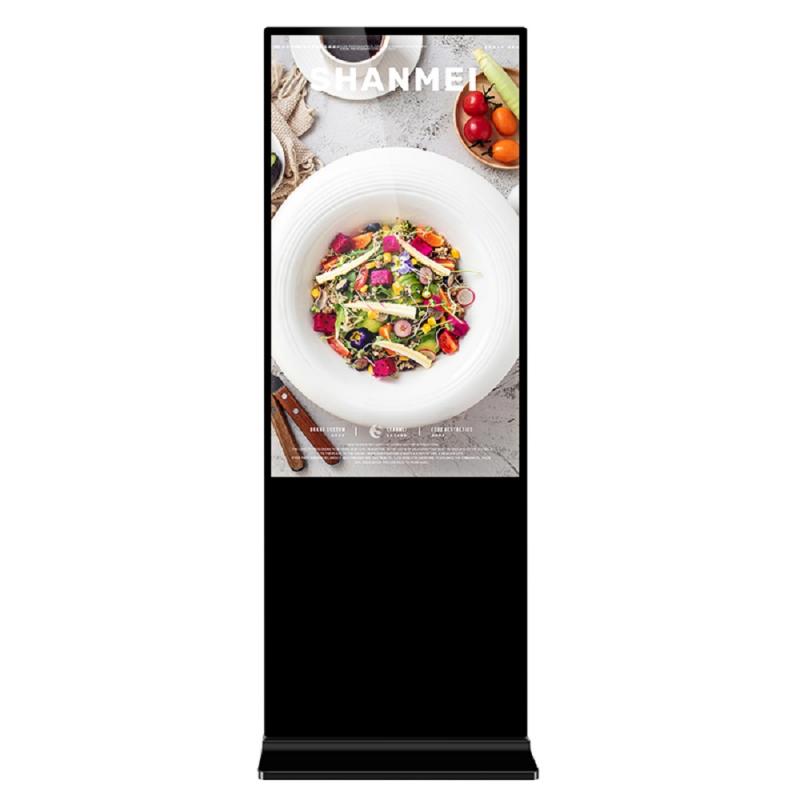
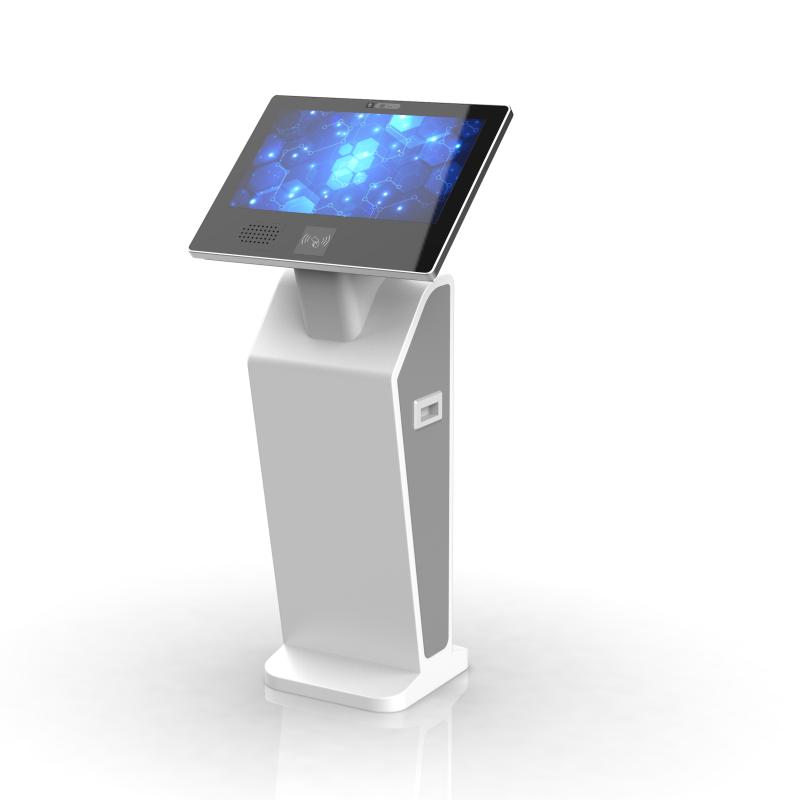
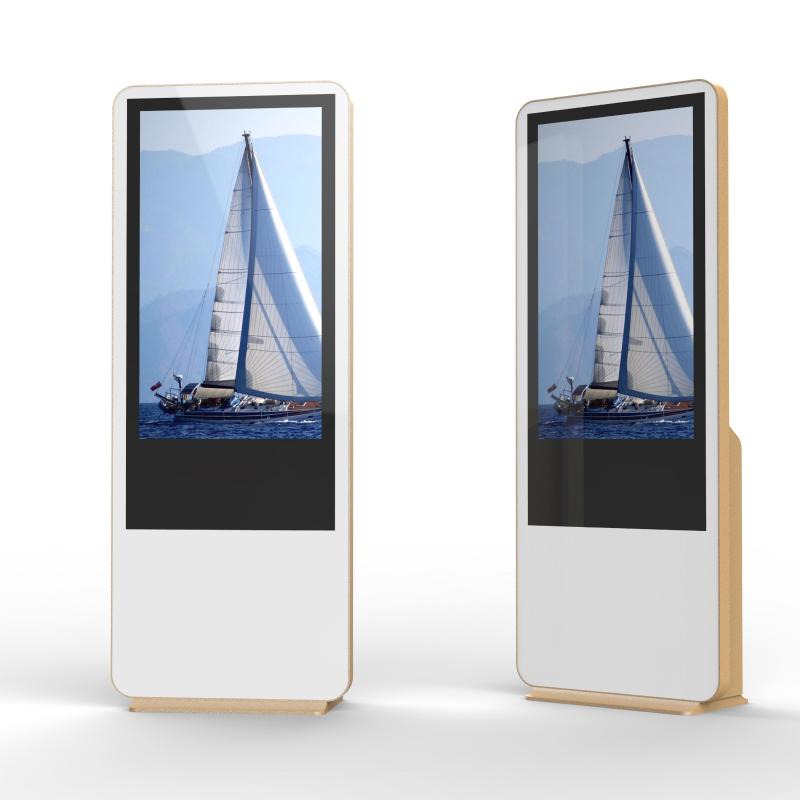
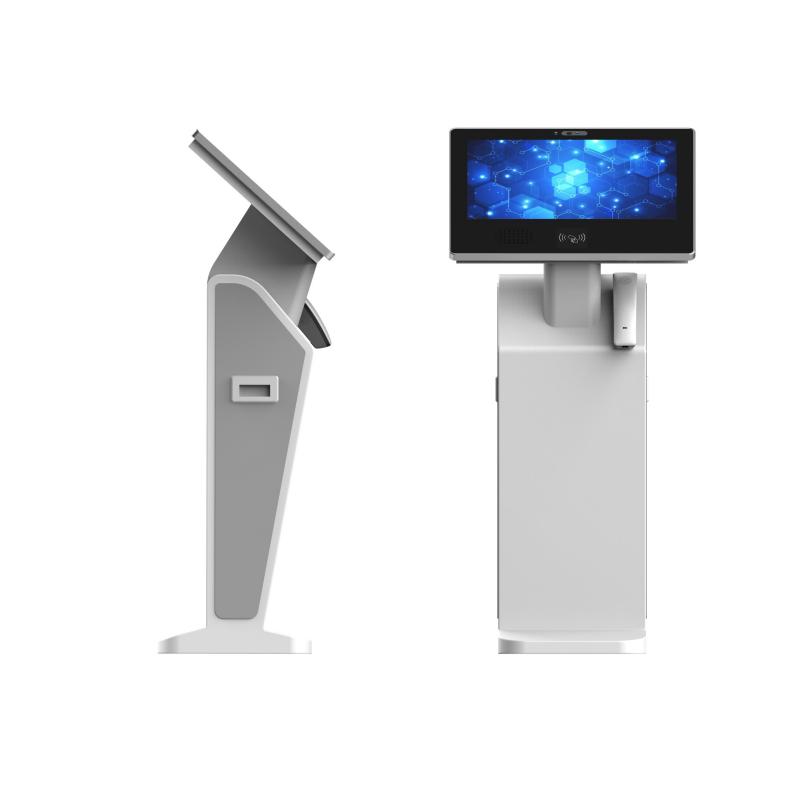
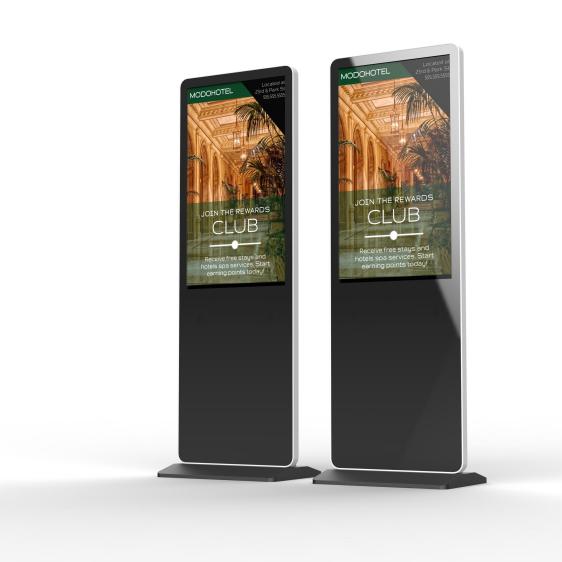
What did our happy clients say?
DIgital Information Kiosk: This digital kiosk features a lightning-fast touchscreen and an intuitive user interface. It has revolutionized how we provide digital information services, and we're incredibly pleased with its performance. Thank you for delivering such a stellar digital kiosk!
Digital Self-Service Kiosk: The integration capabilities of this digital self-service kiosk are exceptional, seamlessly connecting with our backend systems. It's remarkably user-friendly, and our customers love the convenience this digital kiosk offers. We are sincerely grateful for this outstanding digital kiosk solution!
Digital Payment Kiosk: Security is paramount with this digital payment kiosk, ensuring robust protection for user transactions. Its efficiency in handling digital payments has streamlined our operations, and we couldn't be more satisfied with its reliability. Thank you for producing such a secure and efficient digital kiosk.
Digital Advertising Kiosk: Featuring a vibrant display and interactive functionalities, this digital advertising kiosk has significantly amplified our marketing efforts. It captivates customers and enhances brand visibility like never before. We extend our heartfelt appreciation for delivering a cutting-edge digital kiosk solution that exceeds expectations!